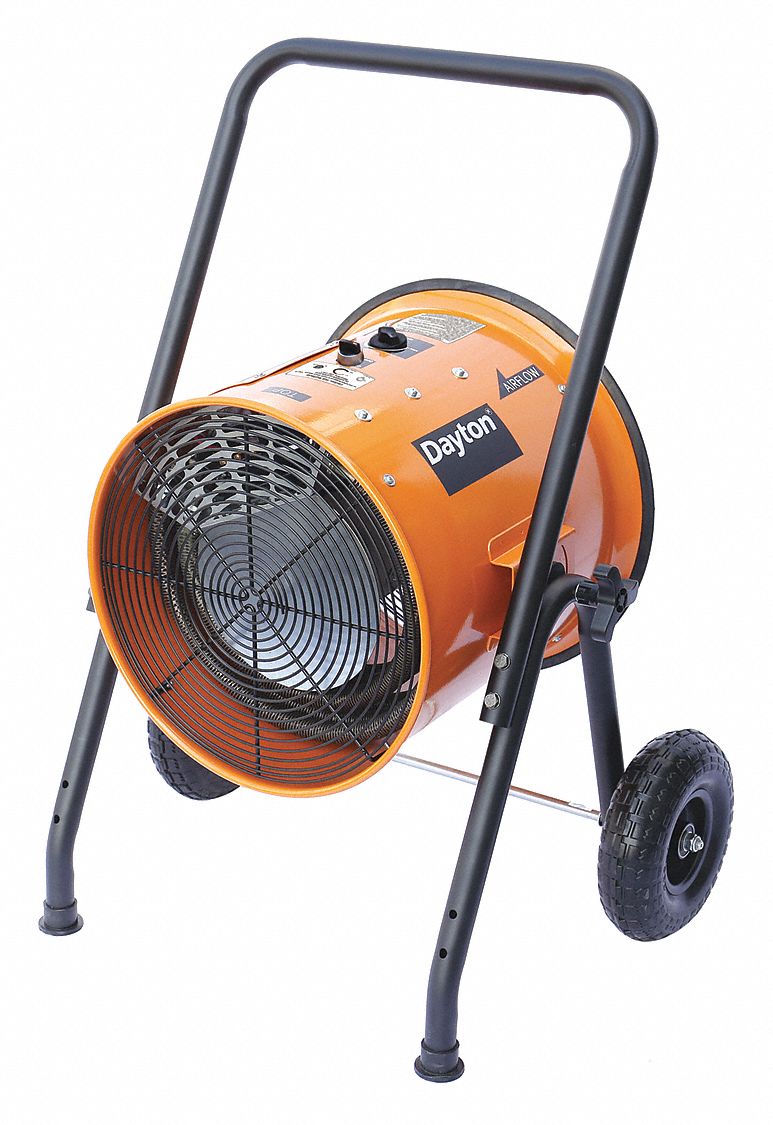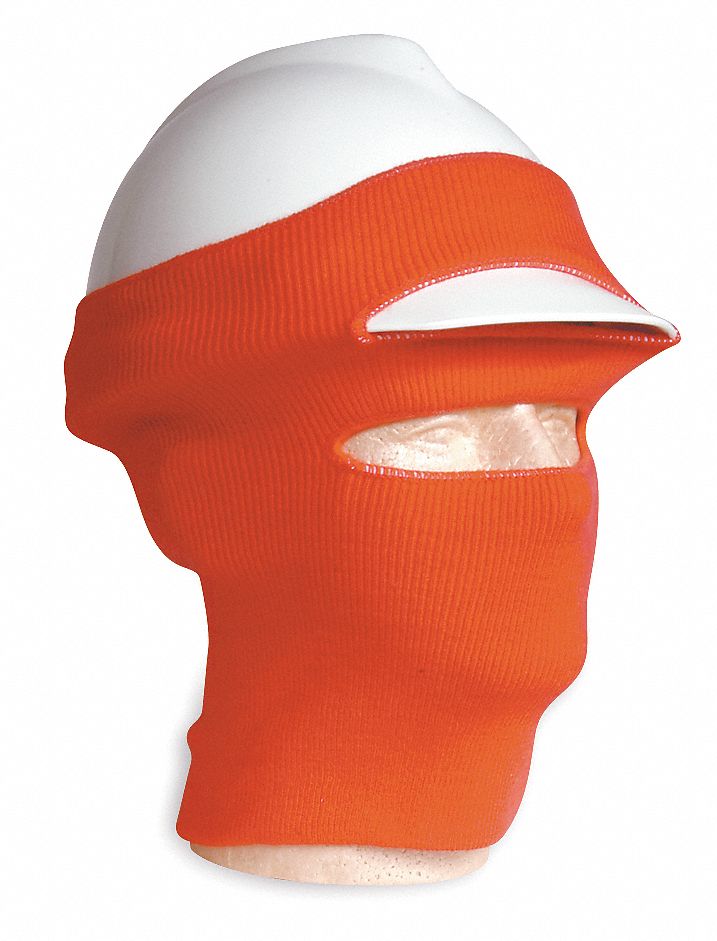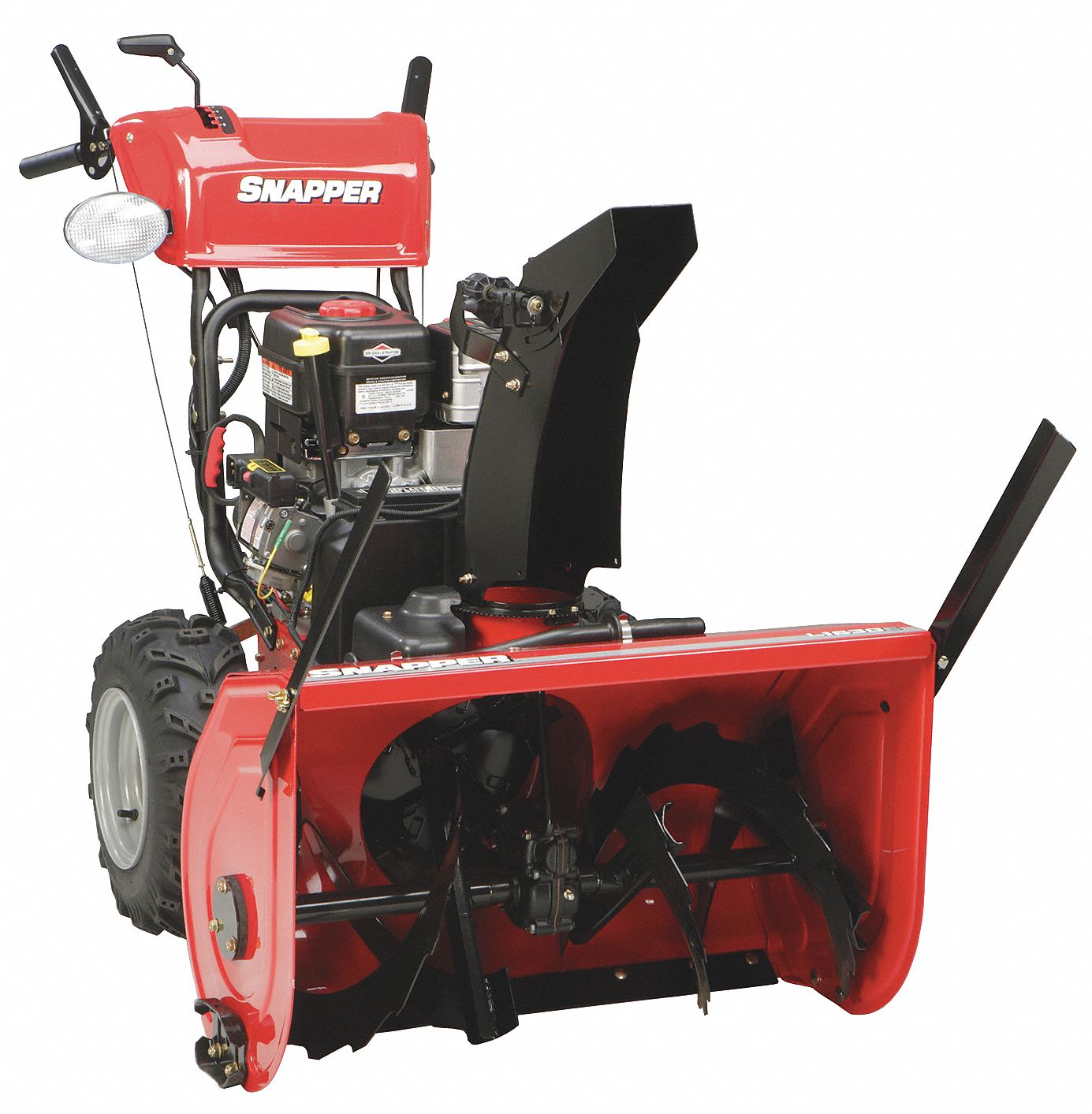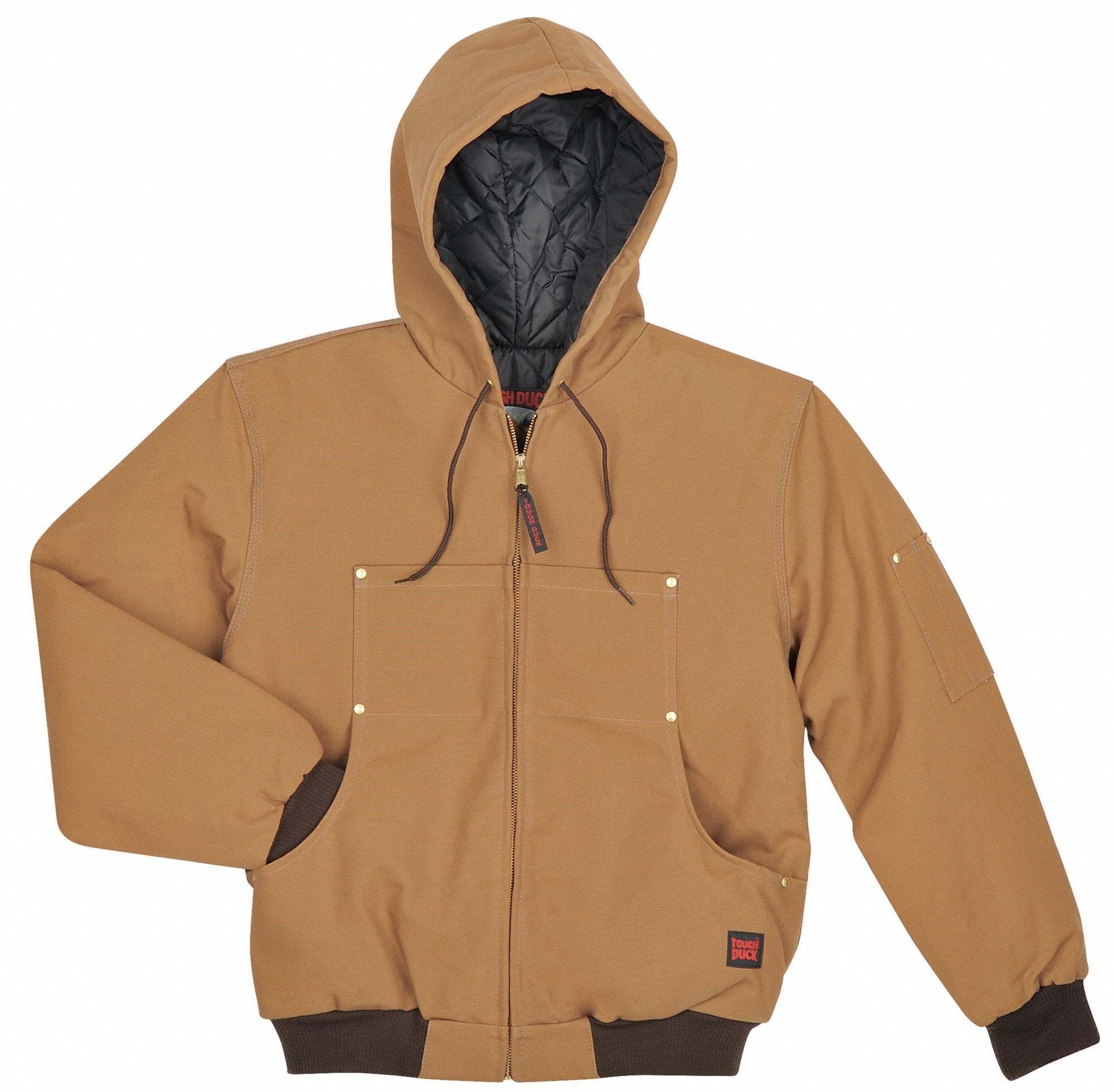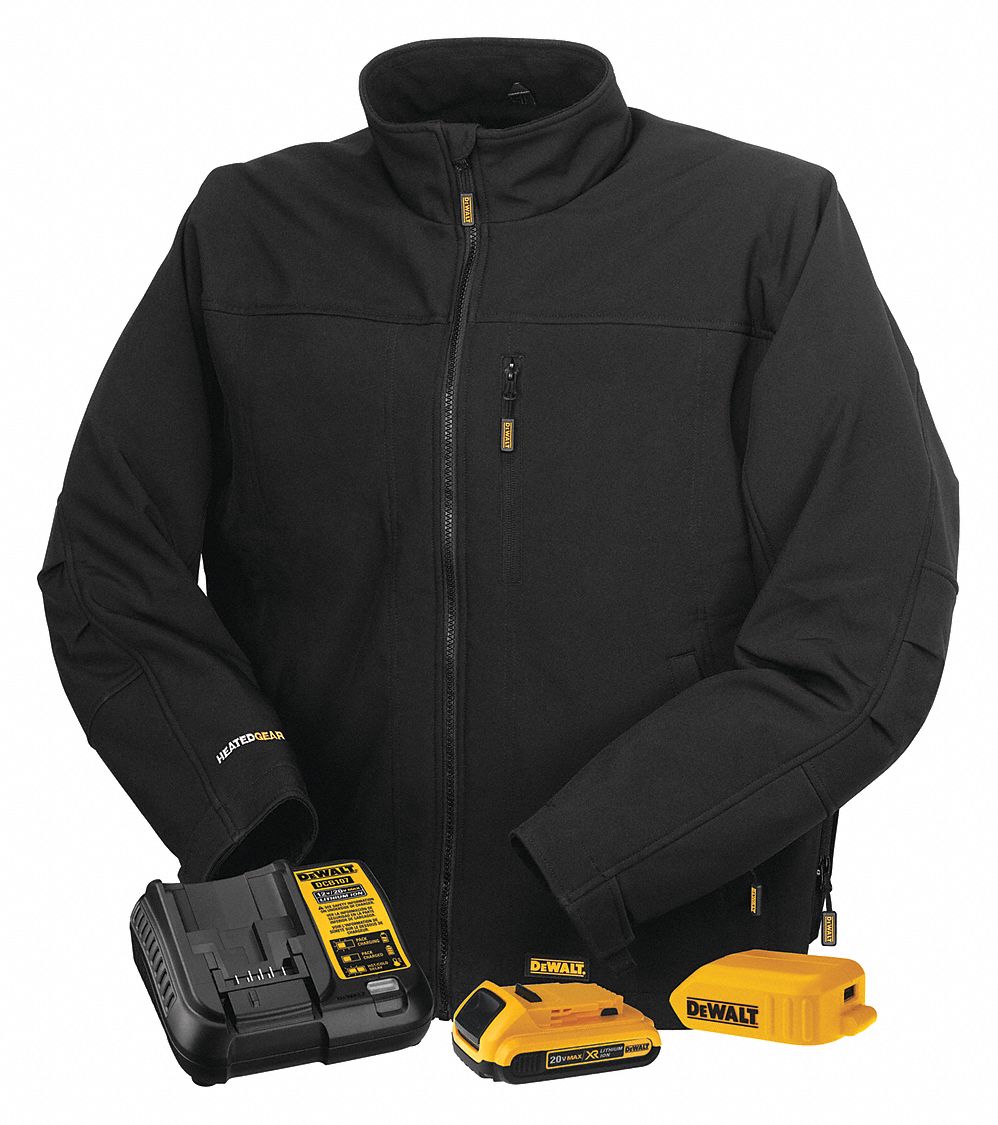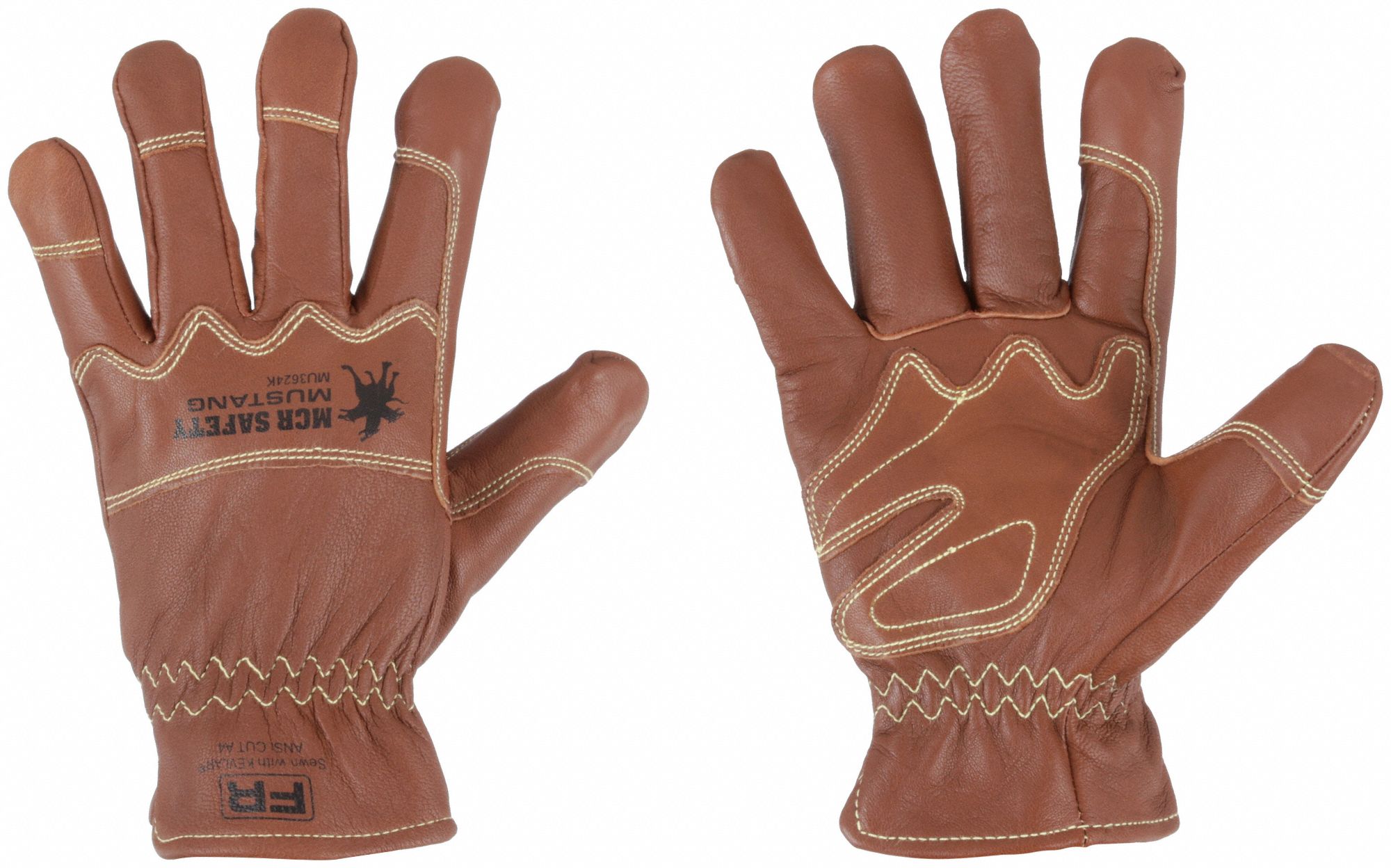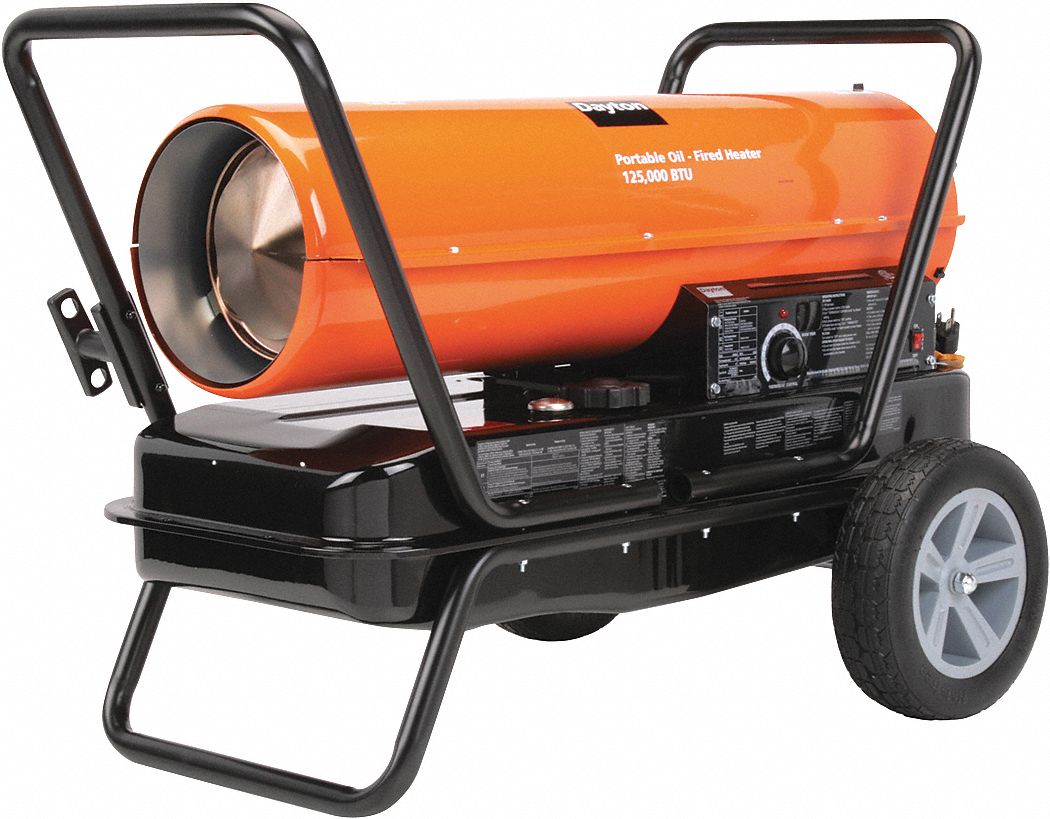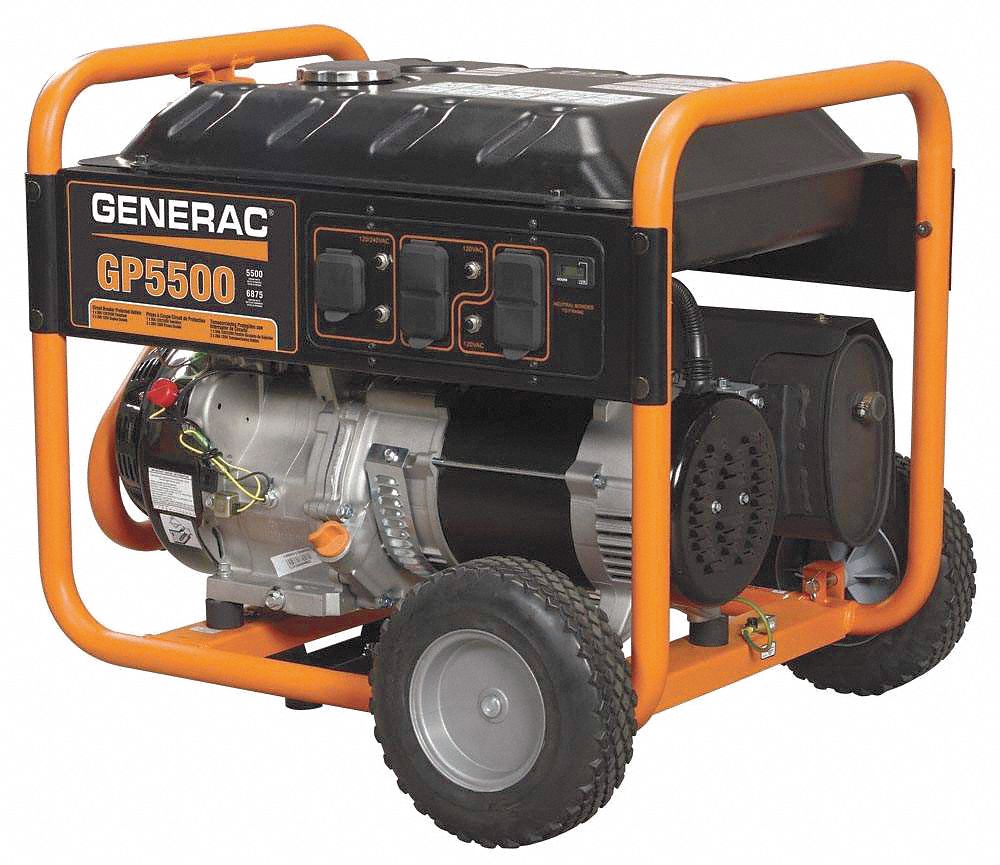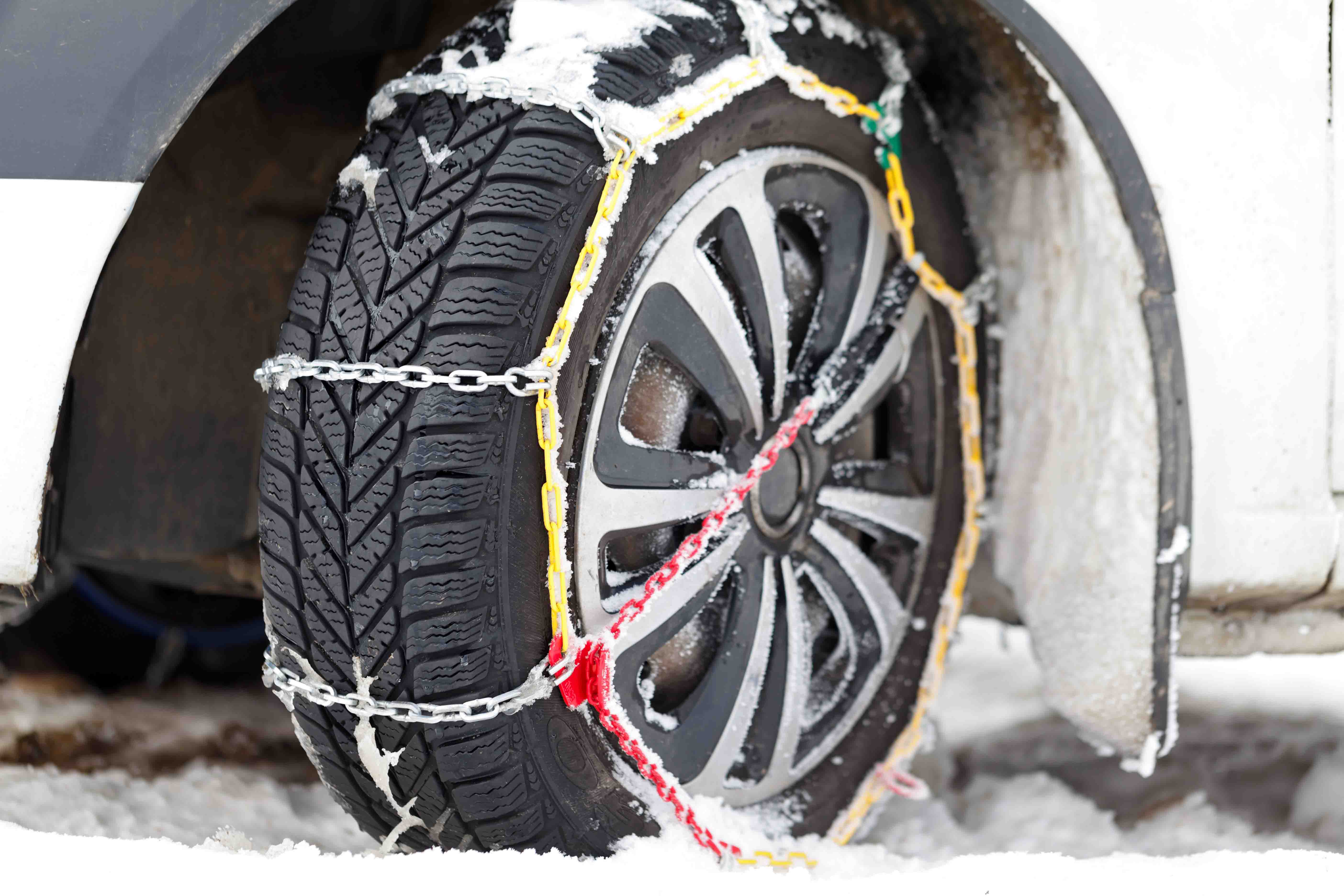

8 Tips for Getting Your Vehicle Out of the Snow
By Grainger Editorial Staff 2/16/21


Winter-proofing your vehicle and fleet can help keep it running its best so your workers and fleet drivers can safely navigate the roads no matter the weather. Sometimes a winter storm can disrupt even the best laid plans, so check out the eight handy tips below for what to do if your vehicle or truck gets stuck in the snow:
Tip 1: Rock your vehicle instead of spinning your tires
If you’re stuck in the snow, your first instinct may be to press the gas hoping to gain momentum and become unstuck. This could make your tires spin, causing friction that may melt and pack snow, creating an icier, slicker surface—making it even harder to escape. Instead, put your vehicle in low gear and press the gas slightly to rock forward just a bit, then put the vehicle in reverse to rock backward. By repeating this rocking motion, you may gain enough momentum to help propel your vehicle out of the snow.
Tip 2: Shift to a lower gear
This tip pairs well with the rocking method. If possible, shift into a lower gear. For a manual transmission, this means first gear. For an automatic transmission, this means shifting from D (drive) to L or 1 (low or first gear) or 2 (second gear). This slows down the rotation of your tires, which decreases the likelihood of spinning and ice formation through melting.
Tip 3: Gain traction
If the rocking motion and using low gears are unsuccessful, you may need additional help gaining traction. Give your tires something to grab onto, such as your vehicle’s floor mats—or dry cardboard if you have some handy—and then try the rocking process again. Sprinkling cat litter or sand around the tires may also provide traction.
Tip 4: Watch where you park and keep moving
The best advice for getting unstuck is not to get stuck in the first place. If you drive a fleet vehicle or larger rig, you may find yourself parking in unfamiliar places for hours at a time. During snowy and icy weather, pay attention to where you park, avoiding muddy, slushy or soft ground when possible. If you will be at one location for several hours while wintry precipitation is falling or during frigid temperatures, move your vehicle frequently. This makes it less likely for snow and ice to accumulate around tires.
Tip 5: Start shoveling
Stock your vehicle with a snow shovel or pusher to clear a path around the wheels so you can move forward and back. If you don’t have a shovel, look for another tool that can help break up the snow and any ice that has formed such as a screwdriver or ice scraper. Chopping up the ice can create a rougher surface, giving you more traction.
Tip 6: Add tire chains
If you regularly drive on snow-covered or icy roads, it may be a good idea to install tire chains. These chains fit around the tires of your vehicle and can help them navigate slippery surfaces.
Tip 7: Deflate tires slightly
Another option is to slightly deflate your tires. A flatter tire has more gripping surface and could provide the traction you need to get out of the snow. Only use this option if it's a short drive to an air filling station. Driving long distances on deflated tires may cause structural damage to the tire and make steering difficult due to the increased surface area on the road.
Tip 8: Phone a friend—or a towing service
If you've given your best effort and still can't get your vehicle out of the snow, it may be time to call for assistance. If it’s safe for drivers to be on the road, call a friend or coworker to pick you up. If the roads are unsafe, call for emergency assistance or for a towing service to transport you and your vehicle somewhere safe.
Once out of the snow, if you deflated your tires head to the nearest service station. Return any snow shovels, ice scrapers and tire chains to the vehicle. Restock any depleted supplies, such as ice melt or cat litter, that may be needed for the next snow or ice event.
If you must be outside in cold weather, make sure to familiarize yourself and your driving team with how to avoid frostbite, hypothermia and other cold-related injuries.
Learn more about how to respond for a winter storm.![]()
The information contained in this article is intended for general information purposes only and is based on information available as of the initial date of publication. No representation is made that the information or references are complete or remain current. This article is not a substitute for review of current applicable government regulations, industry standards, or other standards specific to your business and/or activities and should not be construed as legal advice or opinion. Readers with specific questions should refer to the applicable standards or consult with an attorney.

